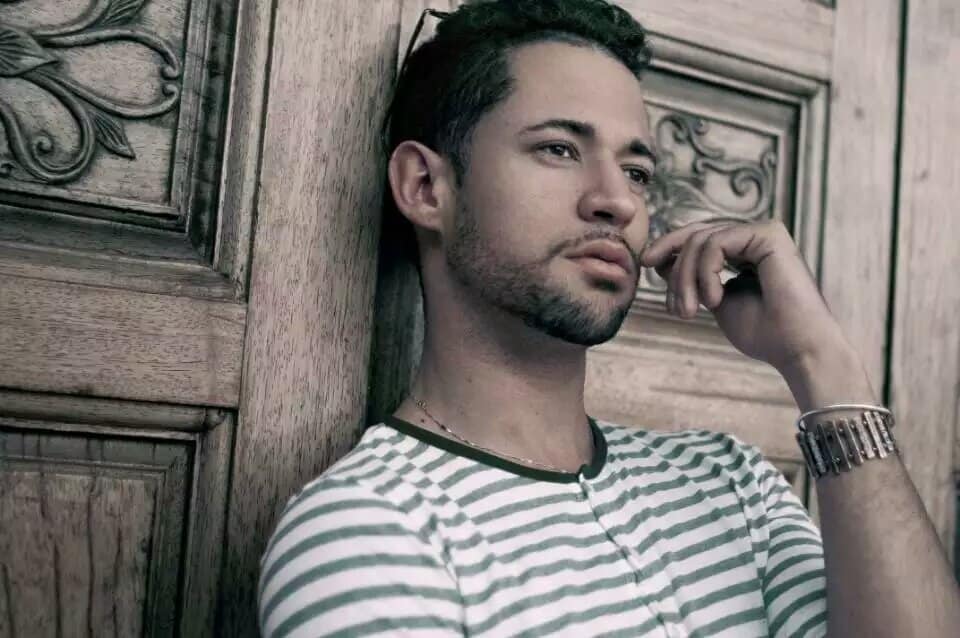
In recent years, ceramic art has resurfaced and undoubtedly gained renewed respect internationally within contemporary art. For Bahamian ceramicist Alistair Stevenson, this is an exciting time to be pursuing studies at the Jingdezhen Ceramic Institute in Jingdezhen, China, a world-famous historical capital city of porcelain.

As Stevenson approaches his fourth year of studies, he reflects on moments and decisions over the years that have shaped his academic and creative journey. He first developed an interest in China in 2009 through a course offered by West Virginia University that included a three-week studio experience in Jingdezhen. In 2012 the support of sponsors like The D’Aguilar Art Foundation, and The Charitable Arts Foundation allowed Stevenson to embark on this trip, which solidified his dream of studying in China.
Stevenson began his programme in 2013 at the Nanjing Normal University, Jiangsu Province, China, with a focus on intensive language studies. He remembers it being a very difficult transition but a period that allowed him to fully embrace the culture. “My secret to learning the language was to forget completely everything I knew and like a child, I learned to embrace the new culture with no preconceptions.” A year later, Stevenson moved to Jingdezhen Ceramics Institute, where he pursued his Bachelor’s Degree in Ceramic Art as the only international student on the programme. Initially, he was anxious with the language barrier of learning in academic Chinese.
Although the first few months were tough, he now sees the value it played in nurturing his cultural appreciation and academic maturity. After developing close relationships, becoming proficient in the language and accustomed to Chinese traditions, he now looks forward to developing his professional practice in China and The Bahamas after his studies. His adaption to Chinese traditions has translated to the creative methodology and concepts driven in his work.

Stevenson has geared much focus on ceramic techniques with an intention to create more refined pieces. “I haven’t gotten to where I want to be as yet, but I’ve learned to be more calm and patient in my approach to the work.” In much of his earlier work, Stevenson had a ‘heavy hand’ producing sculptural pieces that leaned more toward organic imperfection than refinement. Back then he was more concerned with articulating and experimenting with the natural form. In his “Growth Series,” produced in 2013, he used basic shapes and patterns inspired by natural seed-like forms found in trees and corals. Although he sometimes revisits themes of nature and the environment in his work, a distinct shift in style and aesthetics is evident throughout his past two collections.

This year, Stevenson’s ceramics moves toward his interest in translating fine art organic forms to man-made designs in an effort to explore the commercial ceramics market. Produced while living in China the work uses the process of mold making on a production scale a method very new to him. “I love mold making. There is the opinion that every element of the work should be made by the hand of the artist, but there are painters who use projectors and for them, these act as a metaphorical mold for their process.”
His upcoming show “Pomp and Pageantry” opens at Doongalik Studios on Thursday, August 25th at 6:00 p.m. The work examines the burden of beauty perceived and bestowed by modern society and uses ornate sculptural ceramic jewels to translate its concept of flamboyance. “I have created exaggerated jewelry-like pieces that promote this idea through their showy, boisterous porcelain ‘beads’ of plain white, celadons, and pre-historic pit-fired finishes.” The show will be on display at Doongalik Studios until Monday, September 19th. There will also be an Artist Talk on Sunday, August 28th, 2016 at 4:00 p.m. discussing the work, Stevenson’s collaboration with Creative Nassau and his experiences living and studying in China.